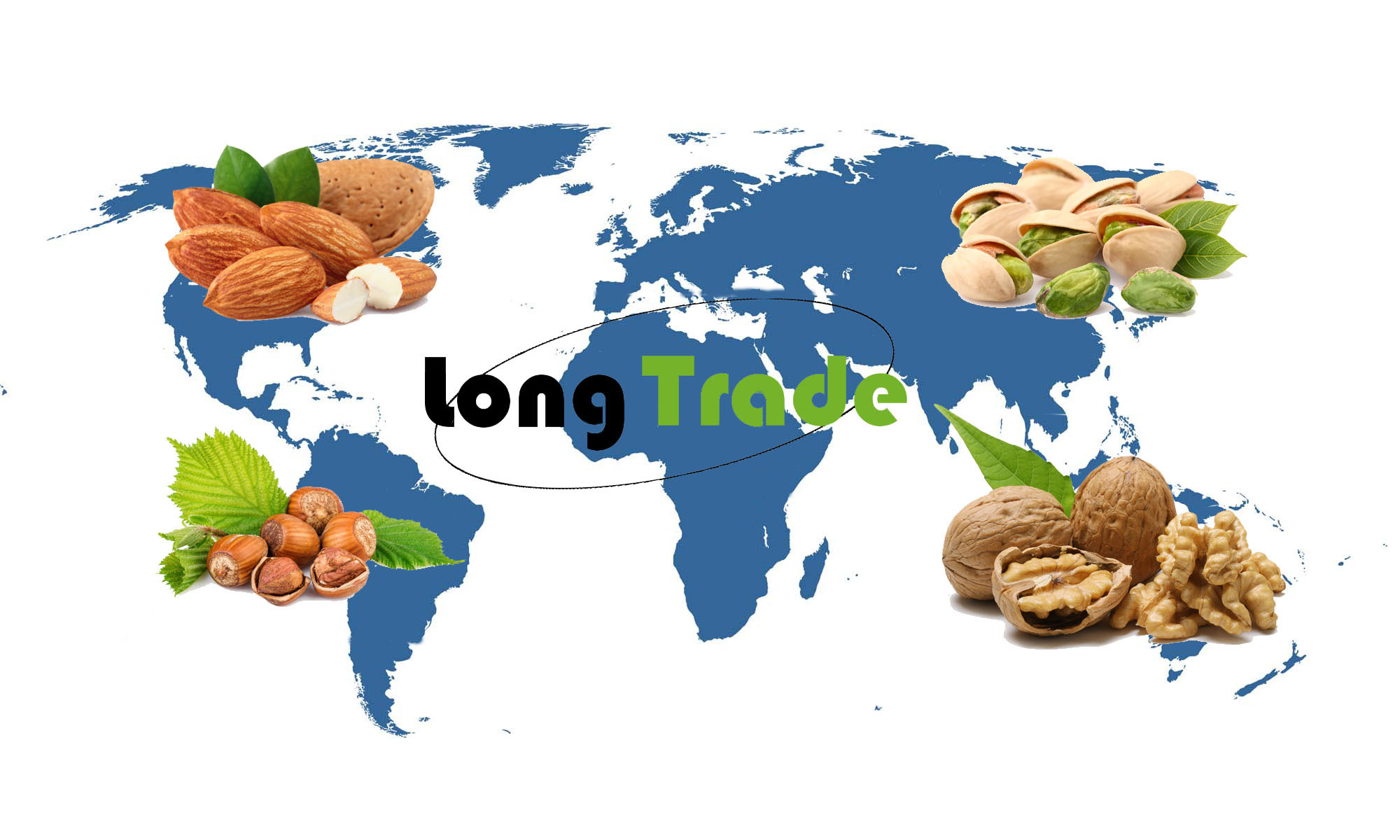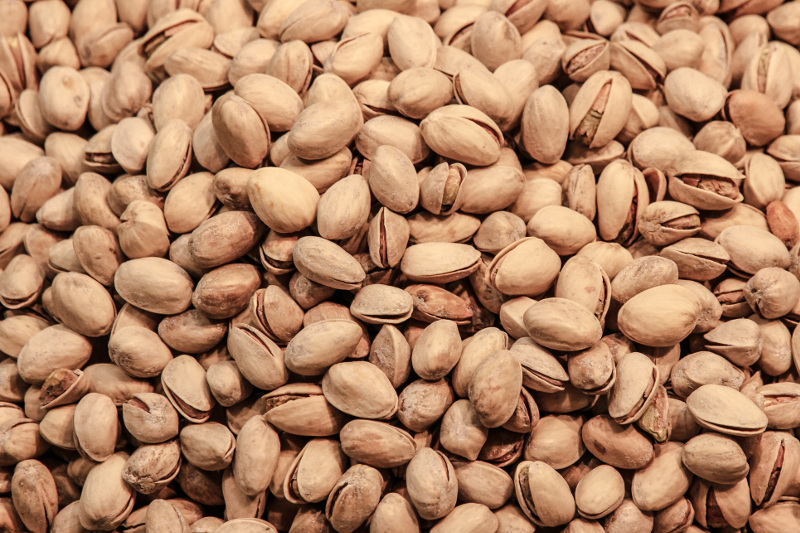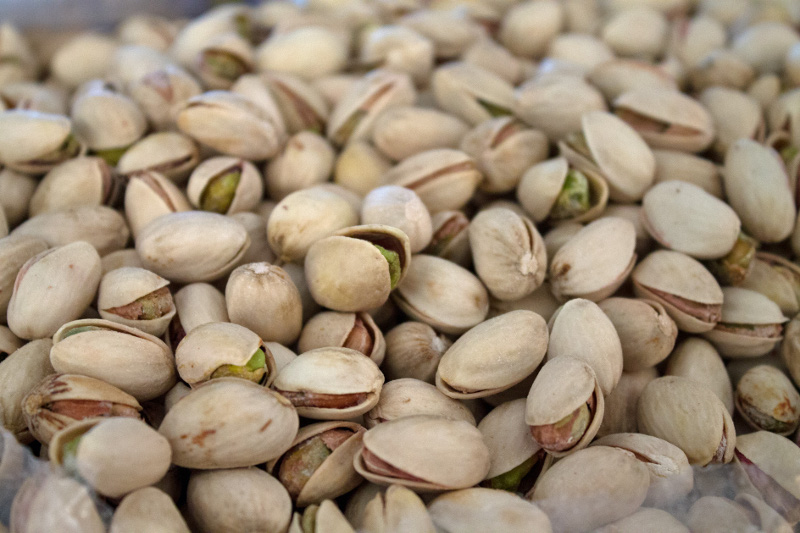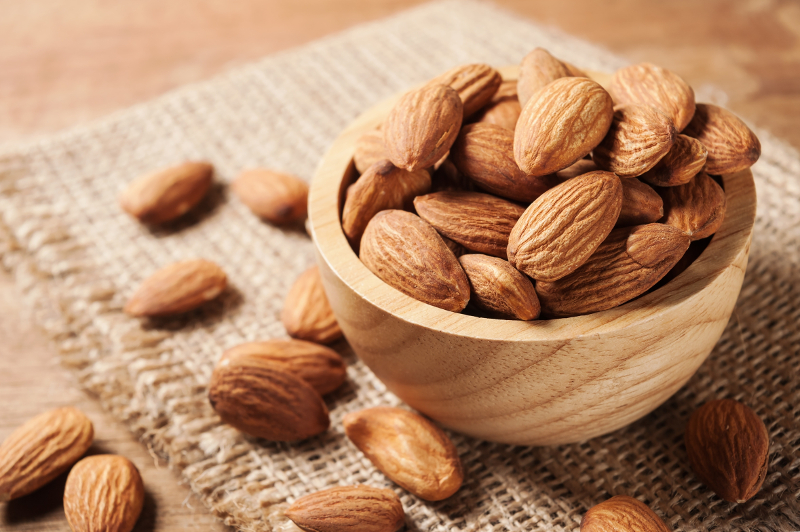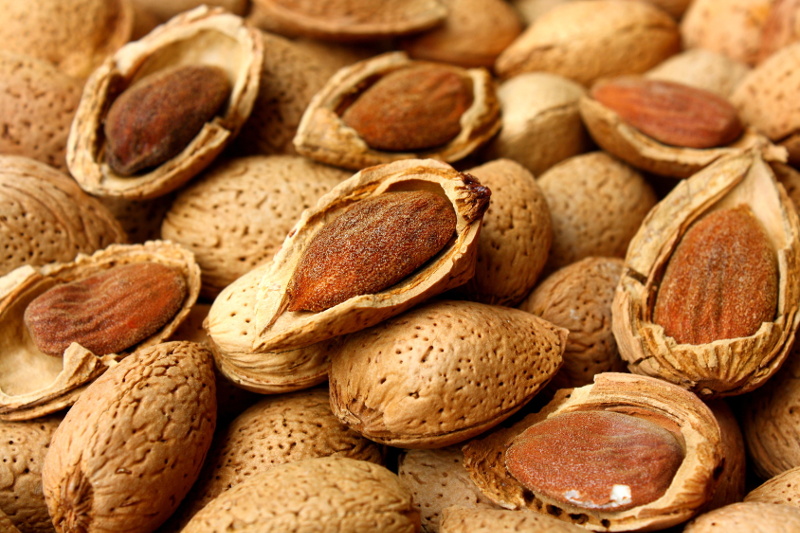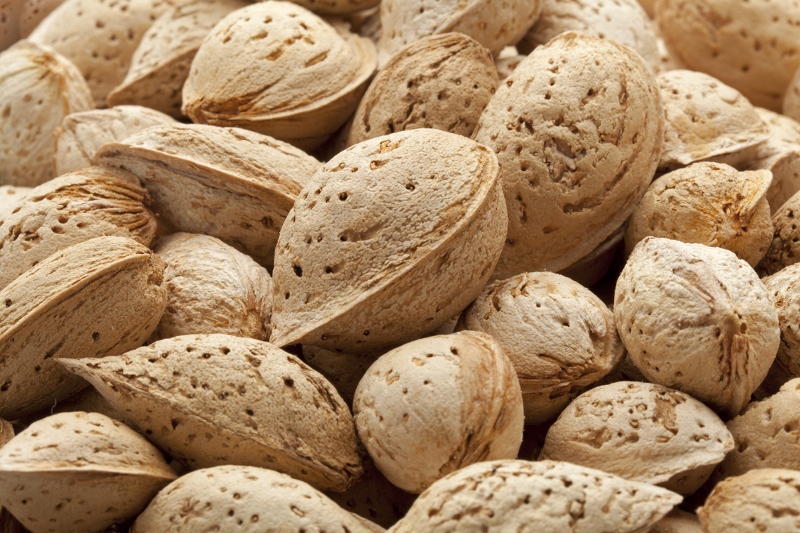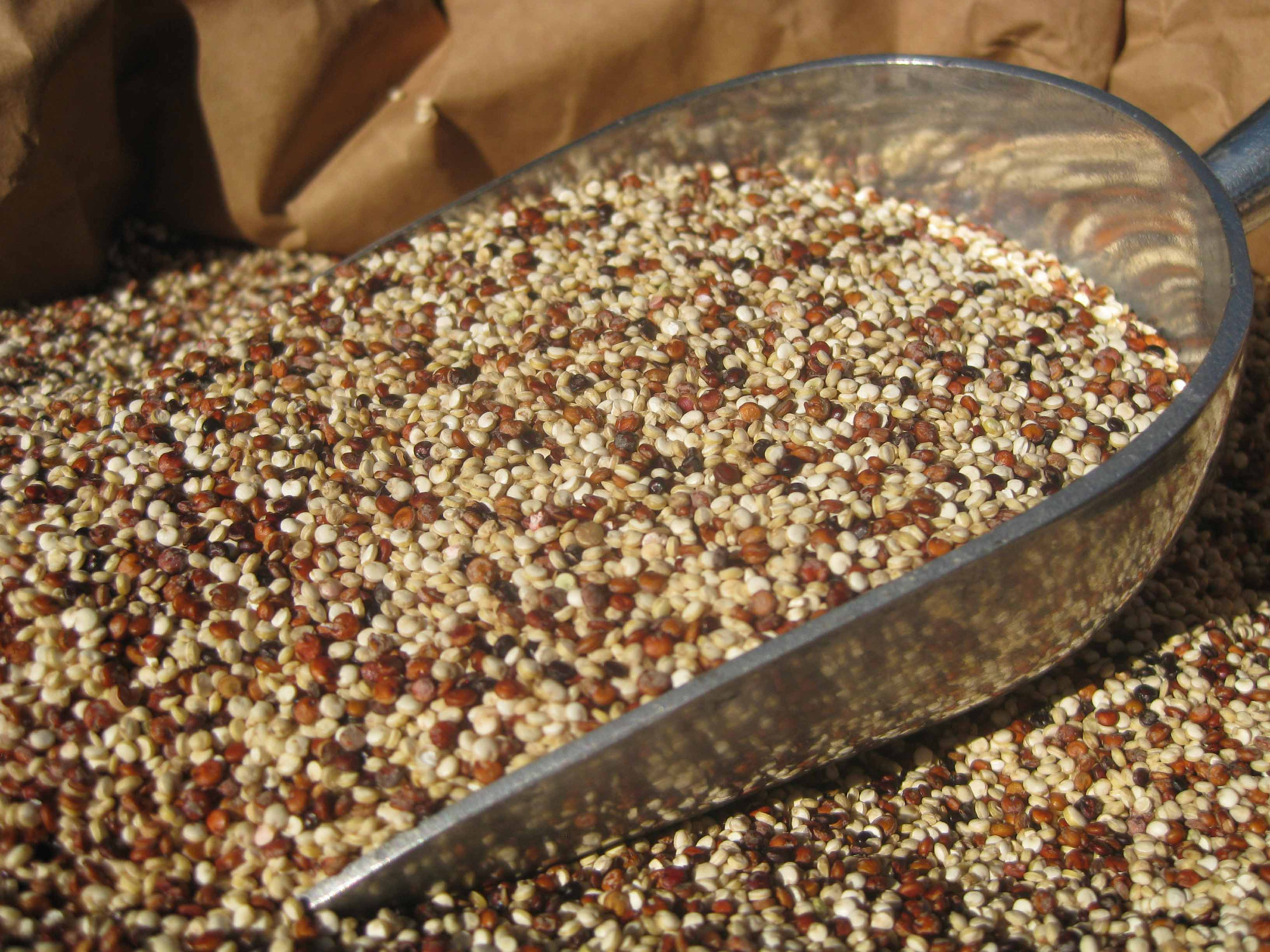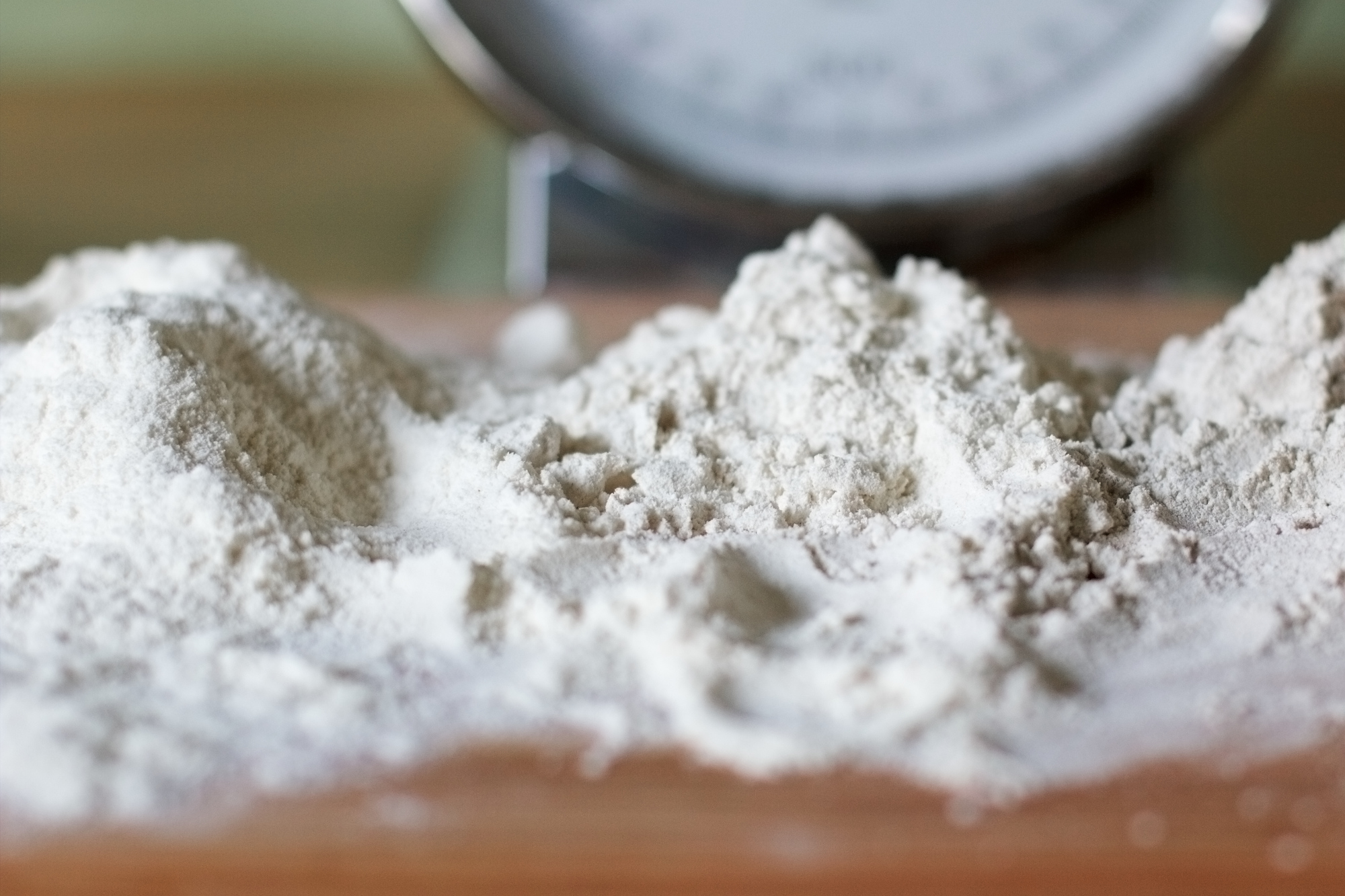Based in Bronte, Sicily a town with a rich historical connection to pistachios, LongTrade is a small family-owned company with over 15 years experience in the food industry.
Since our move into brokering, we have built up a network of trusted suppliers which we work with to provide our customers with a flexible and dedicated service, catering to their specific needs.
We pride ourselves on our knowledge of global markets, combined with an expertise in the products we deal with, which gives us the ability to deliver a customisable and reliable service to our customers.
From sourcing to shipping to quality control, we handle everything to allow our customers peace of mind and flexibility.
Although we specialize in pistachios, and can source any grade or quality required, we can also supply other nuts and dried fruit depending on our customers needs.
For a full list of our products, please see the ‘Products’ page.
We can arrange either cost and freight or DDP and our expert knowledge of the market ensures that we offer the most competitive prices.
We work with suppliers from countries including Turkey, Iran, Greece, Spain, Sicily, Italy, USA and Australia, and it’s this diversity which allows us to provide the perfect product for our customers every time.
